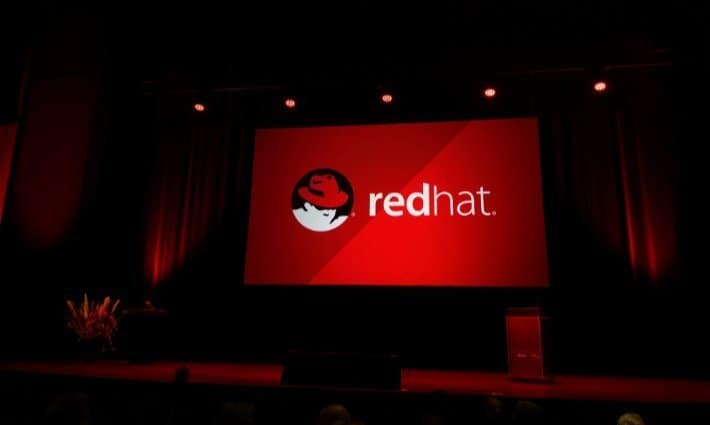Containers are super convenient, especially if you have Kubernetes to manage them. However, most apps today still run on Virtual Machines (VMs). We are going to be in transition for a while, so supporting both VMs and containers in one solution is a good feature to have.
Red Hat brings this capability to users in the new Red Hat OpenShift 4.7 release. It is possible to use the Kubernetes distribution to manage both the old mission-critical and new cloud-native apps.
All of this is done with Red Hat’s tech preview, Migration Toolkit for Virtualization (MTV)
A few simple steps to orchestrate VMs and containers
With MTV, you can easily migrate VMs at scale to Red Hat OpenShift Virtualization. This will enable developers to use OpenShift with OperatorHub to access legacy VMs. Migrations are done with a few simple steps.
All one needs to do is provide the source and destination credentials, then map the source and destination infrastructure. After that, a choreographed plan is enough to get you to the level when you have to execute your migration effort.
MTV will be generally available later this year and will include extended capabilities to reduce downtime and risk and optimize the project’s success.
Related: Red Hat feels unbeatable with OpenShift under the wing of IBM
OpenShift’s open doors
The legacy VMs are welcome to OpenShift by the latest version of OpenShift Virtualization. The new features and additions in this edition include:
- The ability to import existing VMs into OpenShift.
- Templates to create VMs in one click.
- Integration with Red Hat Advanced Cluster Management for Kubernetes. This gives users enhanced policy and governance across all app deployment, including virtualized versions.
In addition to all this, OpenShift 4.7 expands Windows Containers support. Soon, OpenShift will support Windows Containers on VMware vSphere. Not all features are ready but OpenShift 4.7 is out now.
